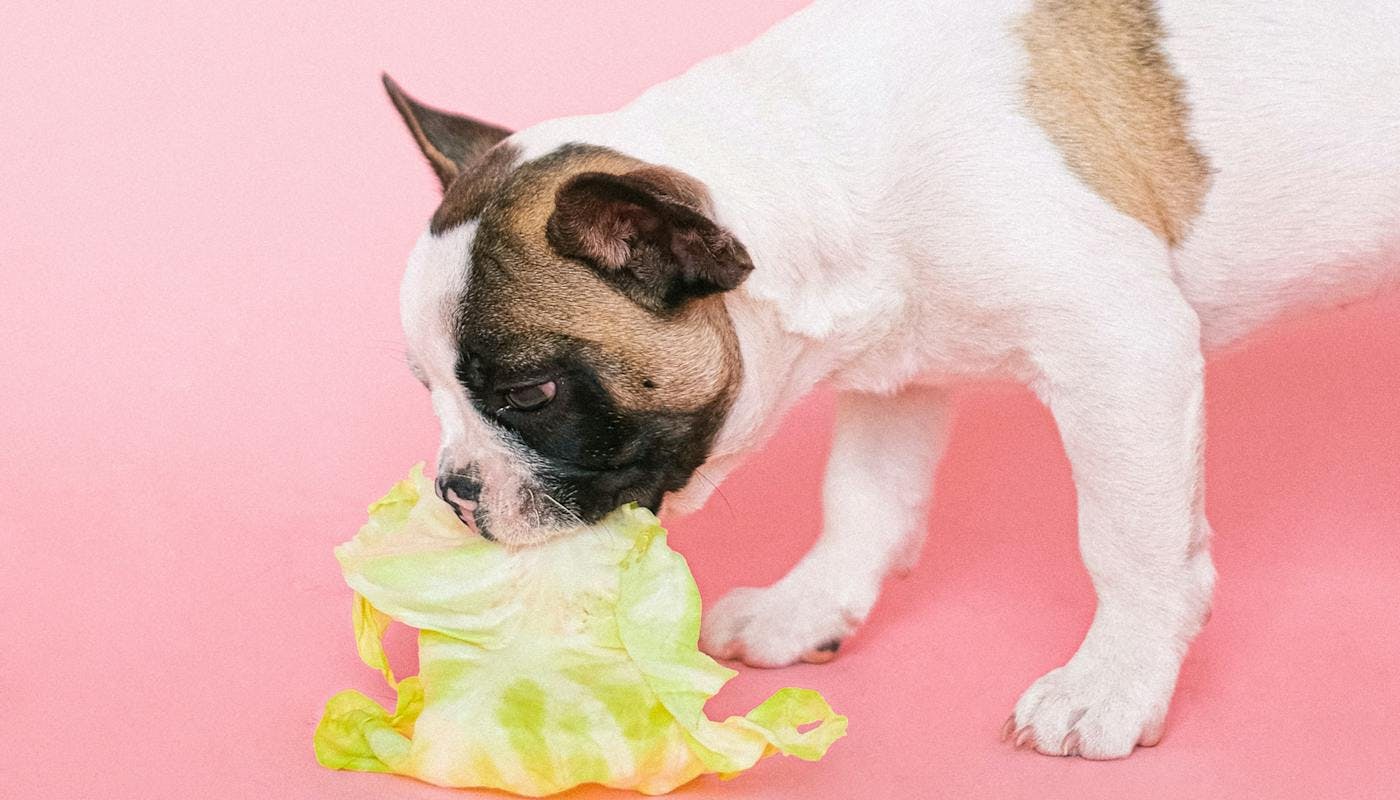What Is Human Grade Dog Food?
Have you ever noticed the phrase ‘human grade’ on your dog’s food packaging and wondered what it means? Or, if you’re health conscious yourself, have you ever wondered how you can feed your pet a clean, nutritious diet free from hidden nasties and fillers?
Here, we’ll explain exactly what human grade dog food is, whether it has any benefits for your dog, and what to look out for if you’re considering switching your dog’s diet.
What Is Human Grade Dog Food?
In America, there is technically no legal definition for ‘human grade’ dog food. In fact, the pet food industry is loosely regulated as a whole. Compared to the much tighter regulations about food manufactured and processed for human consumption, it’s near impossible for dog foods to meet these standards.
So dog foods using the term ‘human grade’ aim to apply the same food safety standards to dog food as the FDA requires for human consumption. It doesn’t mean that the food is designed to be eaten by humans, just that it has been made using similar methods to the foods that humans deem safe to eat.
Officially, this label doesn’t actually have any bearing over whether the specific dog food is safe to eat – and human grade dog food can still come in wet, dry, and canned consistencies as well as freeze-dried and fresh. But the Association of American Feed Control Officials (AAFCO) does have strict guidelines and standards around what is approved as safe and nutritious pet food. So human grade comes with the implication – if not the official definition – that it is good enough for humans to eat.
What Are The Benefits Of Feeding My Dog Human Grade Dog Food?
Though it’s not a recognized marker that your dog’s food is safer or more nutritious than meals that aren’t labeled ‘human grade’, there are certain benefits. For example, human grade dog food should only contain ingredients that meet human safety standards and are fit for human consumption by FDA standards.
Of course, not all human foods are good or healthy for dogs to eat. But if human grade dog food is not made up of FDA-approved ingredients then it is technically mislabeled.
Generally, brands using the human grade stamp are able to provide clearer information about the ingredients that their dog food does and does not include. So look out for nutritional adequacy statements that show the food meets the AAFCO’s nutrition standards.
Human grade food is also likely to come with more positive reviews from others who have tried it, more transparent labeling, and supporting research that explains the benefits of their specific ingredients. And since no good dog food brand should include human ingredients that are toxic for dogs – like alliums or chocolate – in their food, you can usually guarantee that you’re making a good choice for their diet.
Why Should I Feed My Dog Human Grade Food?
Dog foods marked as human grade are likely to pass the U.S. Department of Agriculture (USDA)’s standard that defines a food as ‘edible’. But that’s not such a reassuring term to be using on food – human grade undeniably has a better ring to it.
‘Edible’ by the USDA’s standards, means that a product must be manufactured, packed and held in accordance with federal regulations. If a dog food meets this standard, it can be labeled as human grade. But this doesn’t mean you’d actually want to eat it.
What it does mean is that it contains safe and generally more nutritious ingredients. Whereas some dog food manufacturers use meat and other filler ingredients that have not met the USDA’s edible standard, human grade dog food does not. So in short, it’s about the safest way you can feed your dog good, healthy ingredients without cooking them up their meals twice a day yourself.
Front of the Pack’s air-dried food fits ‘human grade’ labeling standards as it is made exclusively using ingredients that are safe and edible for both humans and dogs to consume. Containing all organic ingredients like cage-free chicken, Antarctic krill, whole eggs, quinoa, guar fiber, and organic veggies including sweet potato beets, pumpkin blueberry, and pomegranate, it’s a safe and nutritious option with nothing to hide.
And though you probably don’t want to eat your dog’s food yourself – you could! It’s cooked low and slow to create a jerky-like consistency that makes it quick and easy to serve up, fuss-free to store, and packed full of all its original, raw nutrients.
